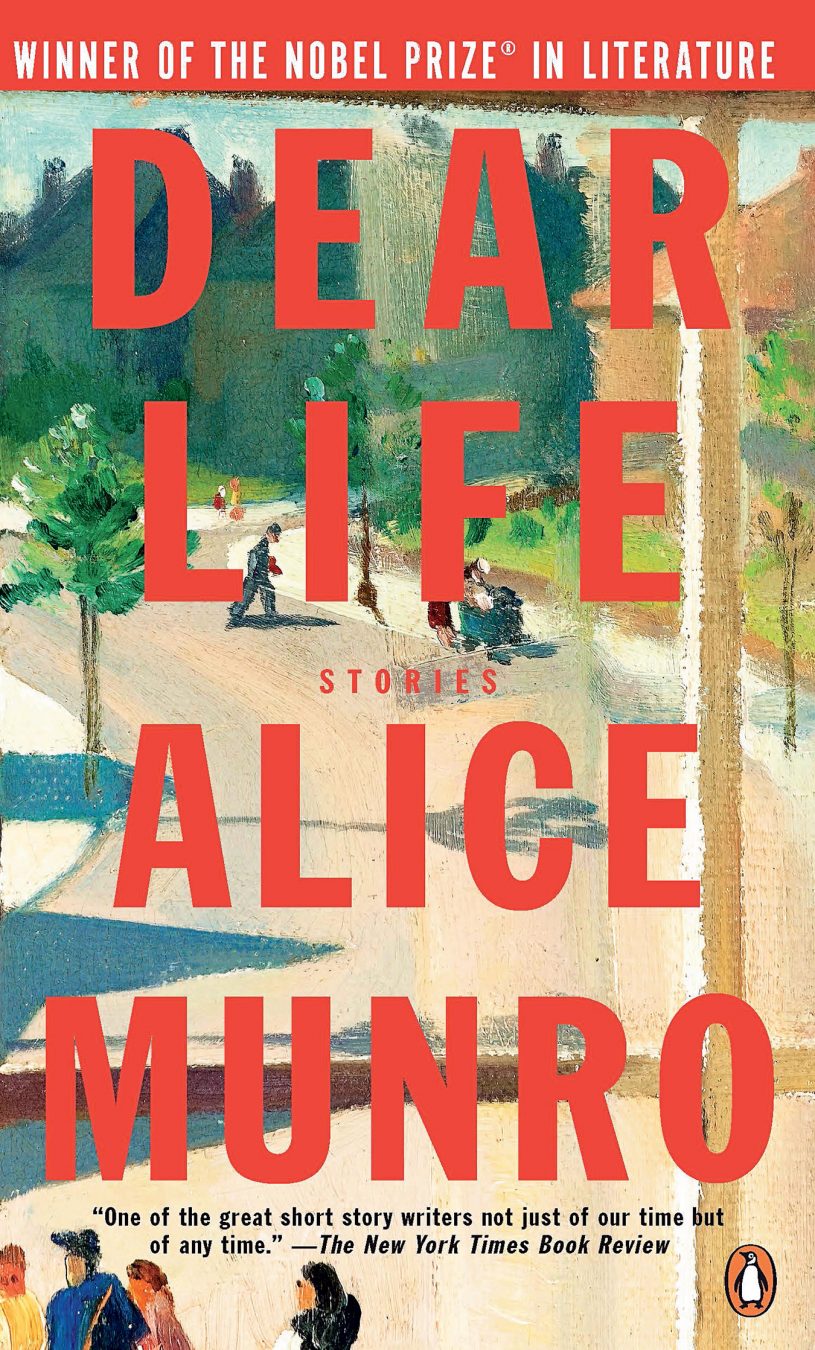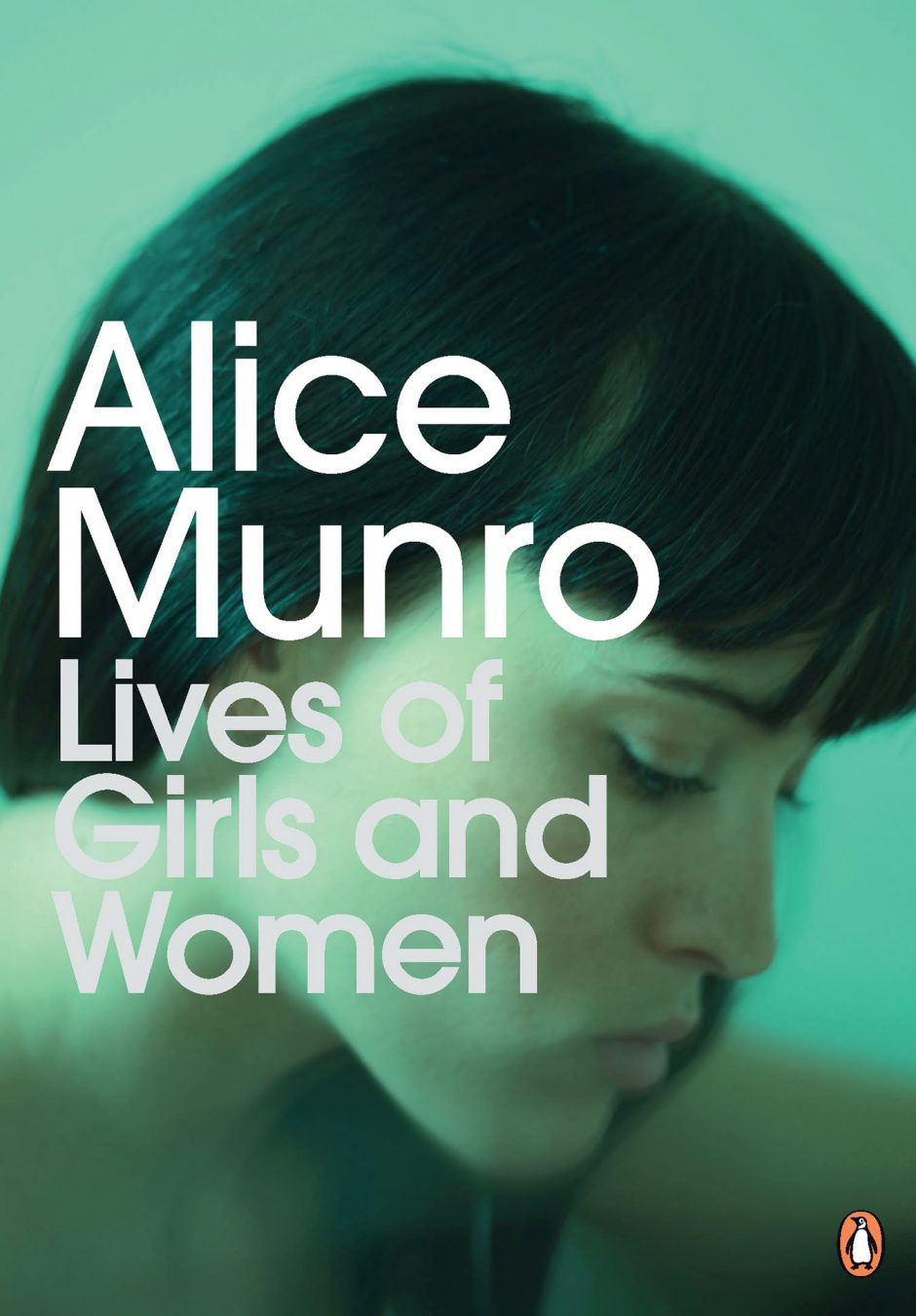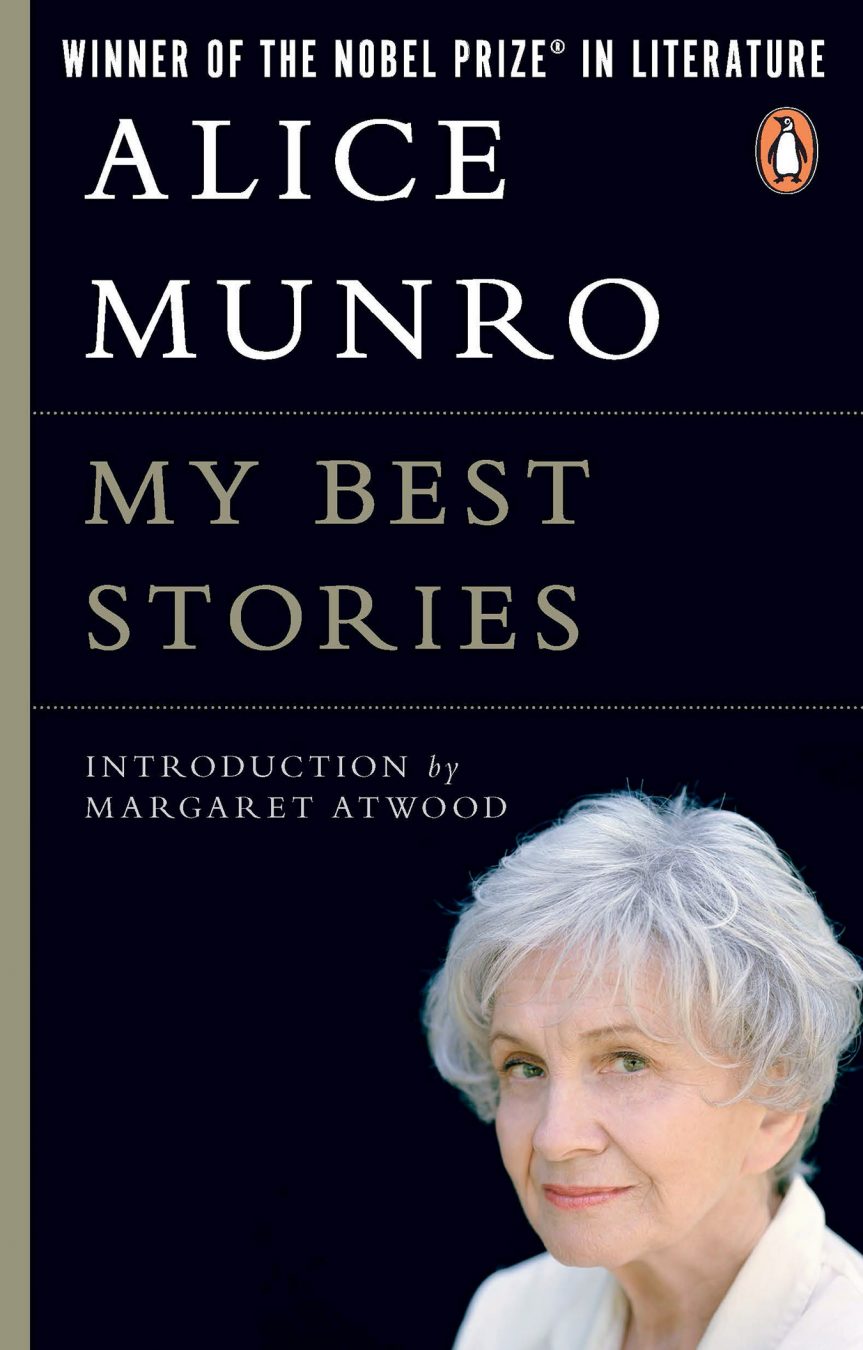When summer arrives, and the question of summer reading arrives with it, I often think of how suitable short fiction is: short stories can usually be read in one sitting and are good companions for beach or travel. And when short stories come to mind, so too does one of the masters of the form, our own Alice Munro, Canada’s only Nobel Laureate and, perhaps equally surprising yet appropriate given much of Munro’s subject matter, only the thirteenth woman writer to receive the Nobel Prize.
Many of her stories are set in the small towns of southwestern Ontario, and many of her protagonists’ paths mirror Munro’s own, from these small towns to larger centres, usually Vancouver or Toronto. But the region, like William Faulkner’s Yoknapatawpha County or Thomas Hardy’s Wessex, soon transcends its geographical coordinates. The real concern is not location but life.
The Lives of Girls and Women, to borrow the title of Munro’s only novel (published in 1971), form the axis of her short fiction as well, as she charts the seminal experiences of women from early childhood to old age as they contend with the constraints of social conventions, cultural and gender stereotypes, and the limited expectations, resources, and opportunities for them, while struggling for personal autonomy and authenticity: mental, physical, sexual, spiritual.
This is not to suggest that Munro short-changes men. Her male characters are finely delineated, and some stories have male protagonists. And relationships of every sort—parent and child, husband and wife, siblings, friends, lovers—provide the tensions in the stories and the experiential and emotional ranges such relationships comprise. Each stage of life, each mood, is precisely observed and rendered, in a language that is unobtrusive yet can exactly evoke the doubts, fears, excitements, disappointments, passions, regrets, recriminations, rationalizations, compensations, or satisfactions that inform a life.
In her most recent collection of stories, Dear Life (2012), Munro concludes the book with four short pieces she refers to as “the first and last—and closest—things I have to say about my own life.” Each piece looks at a crucial yet confusing experience of a young girl growing up just outside one of these small southwestern towns in Ontario, in a house placed between the distant ordered streets and houses that regulate town experience, with street lights to tame the darkness, and the farmland and river that fade away into unfenced nature and mystery. This liminal space between the known, the relative safety of the ordered, familiar world, and the unpredictable and inexplicable map is the real territory of Munro’s fiction: lives of ordinary, familiar people, as she puts it in The Lives of Girls and Women: “dull, simple, amazing and unfathomable—deep caves paved with linoleum.”
Munro’s stories usually have the extension and depth we associate with longer works, novellas or even novels. Some characters reappear in a sequence of stories, such as “Chance”, “Soon”, and “Silence” from the collection Runaway (2004) that follow an individual through much of her lifetime, in this case from being a young teacher in 1965 to a mother in search of her 22-year old daughter to a grandmother who has never met her five grandchildren. Often, stories end with a sudden shift in perspective, to a later time or change of circumstances, with characters dealing with decisions made or the consequences of actions taken or avoided without having been able to know beforehand the eventual rightness or the outcome. And the stories are open-ended, raising new questions or at least offering new angles of reflection, resisting neat resolutions or final explanations, which, for Munro, are simplistic and falsify life.
Munro had received multiple awards, some of the most distinguished available in the field of literature, before last fall’s culminating glory. She published her first story in 1950, her first collection in 1968, and has been publishing steadily since, with an inventiveness and a continuing creativity we associate with only the most fertile imaginations. One fully appreciates this in My Best Stories (2009), Munro’s own selection of 17 works that trace this creative trajectory over a lifetime. I spoke earlier of summer reading, but Munro is a writer for all seasons.
Her stories are faithful to life’s complexities; her characters live, convincingly on the page and hauntingly in the reader’s memory.











